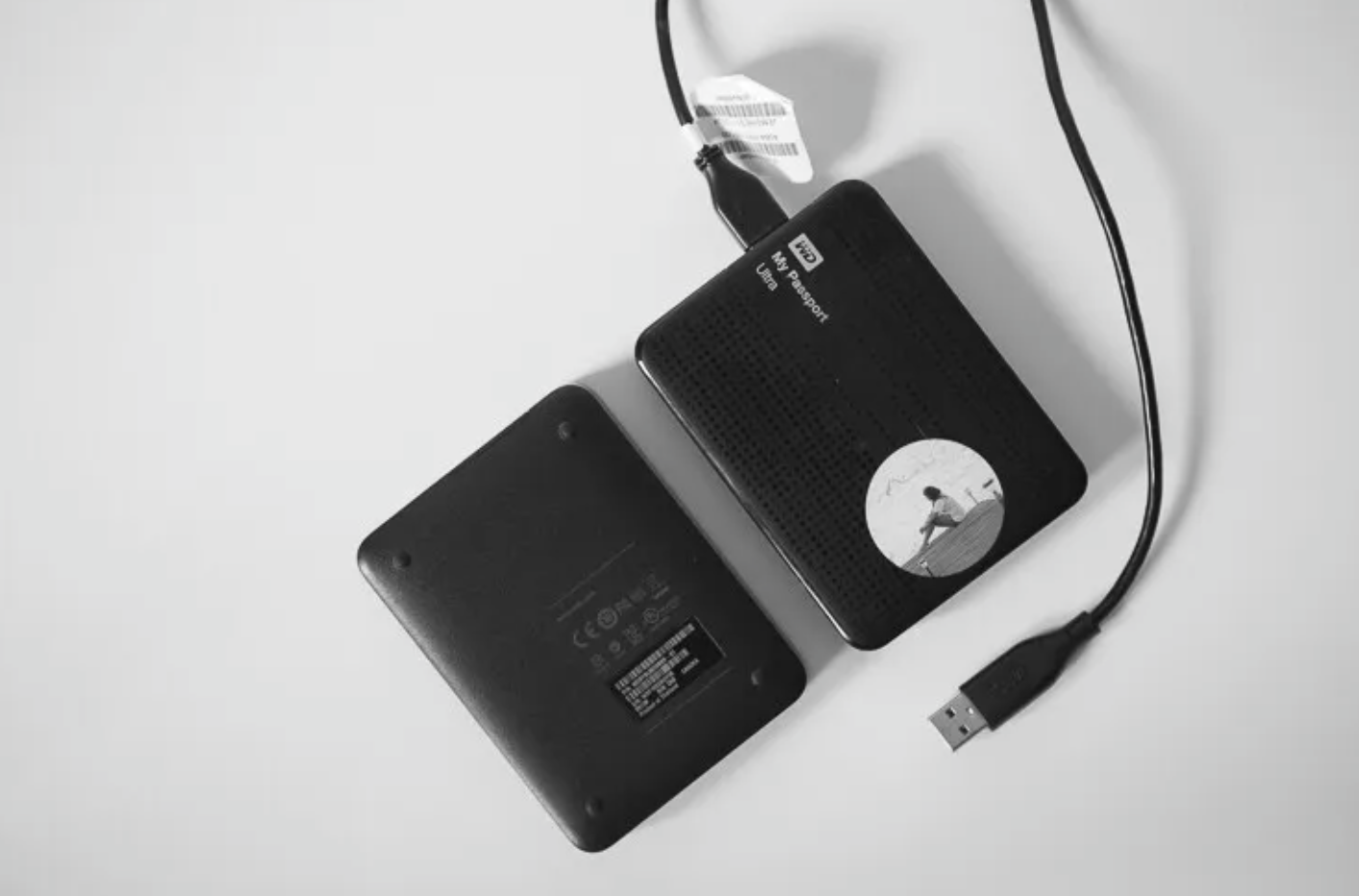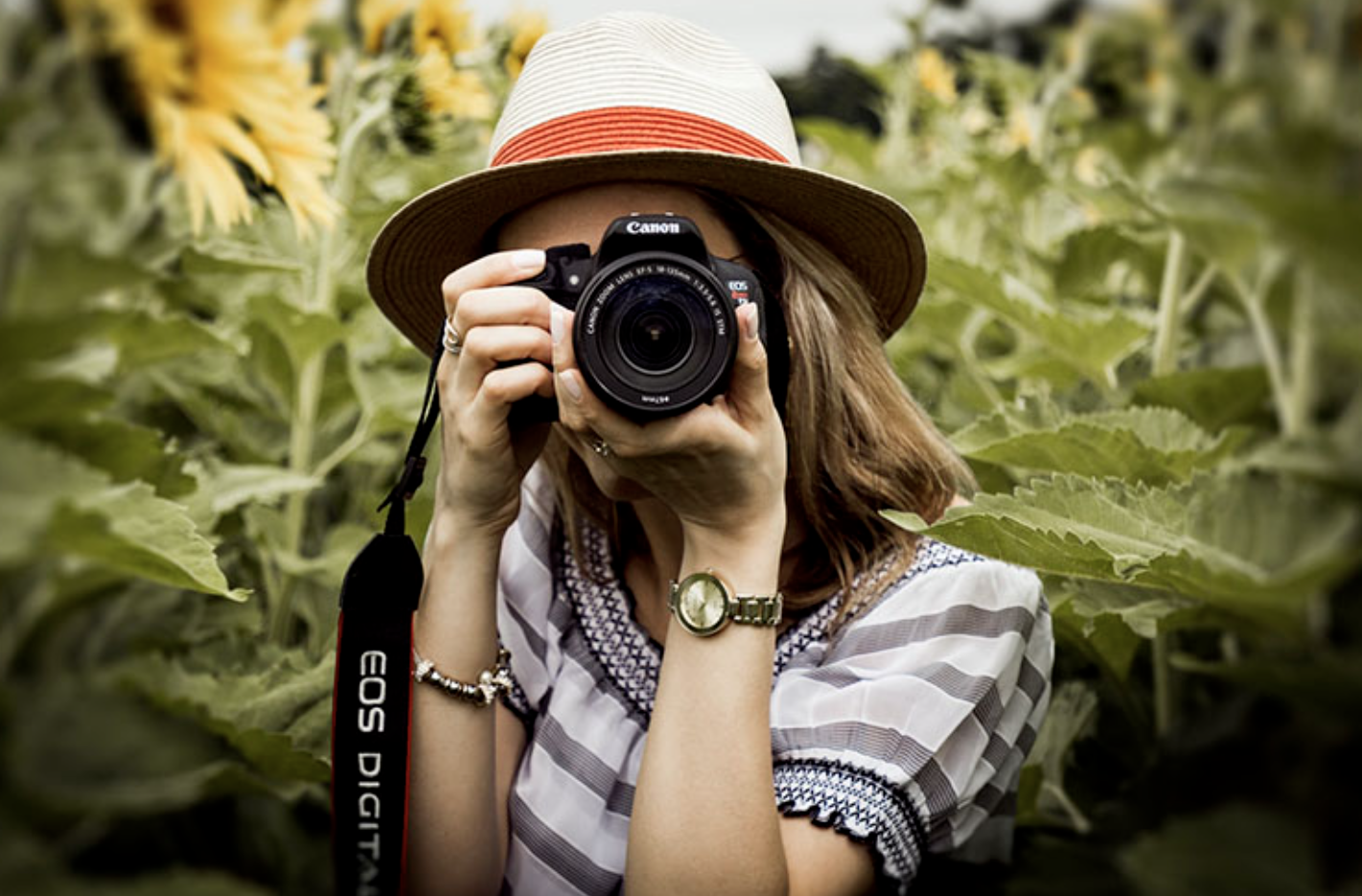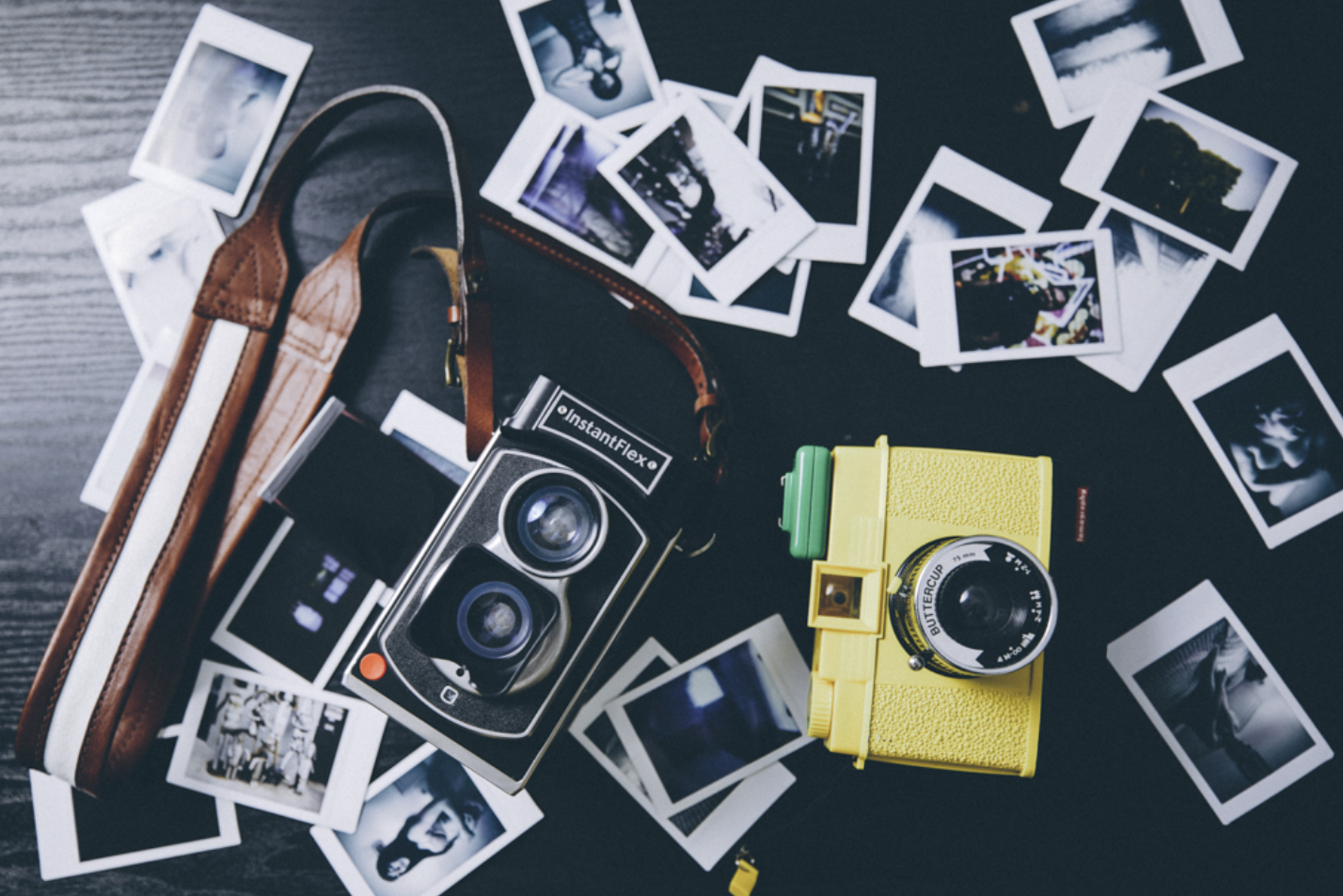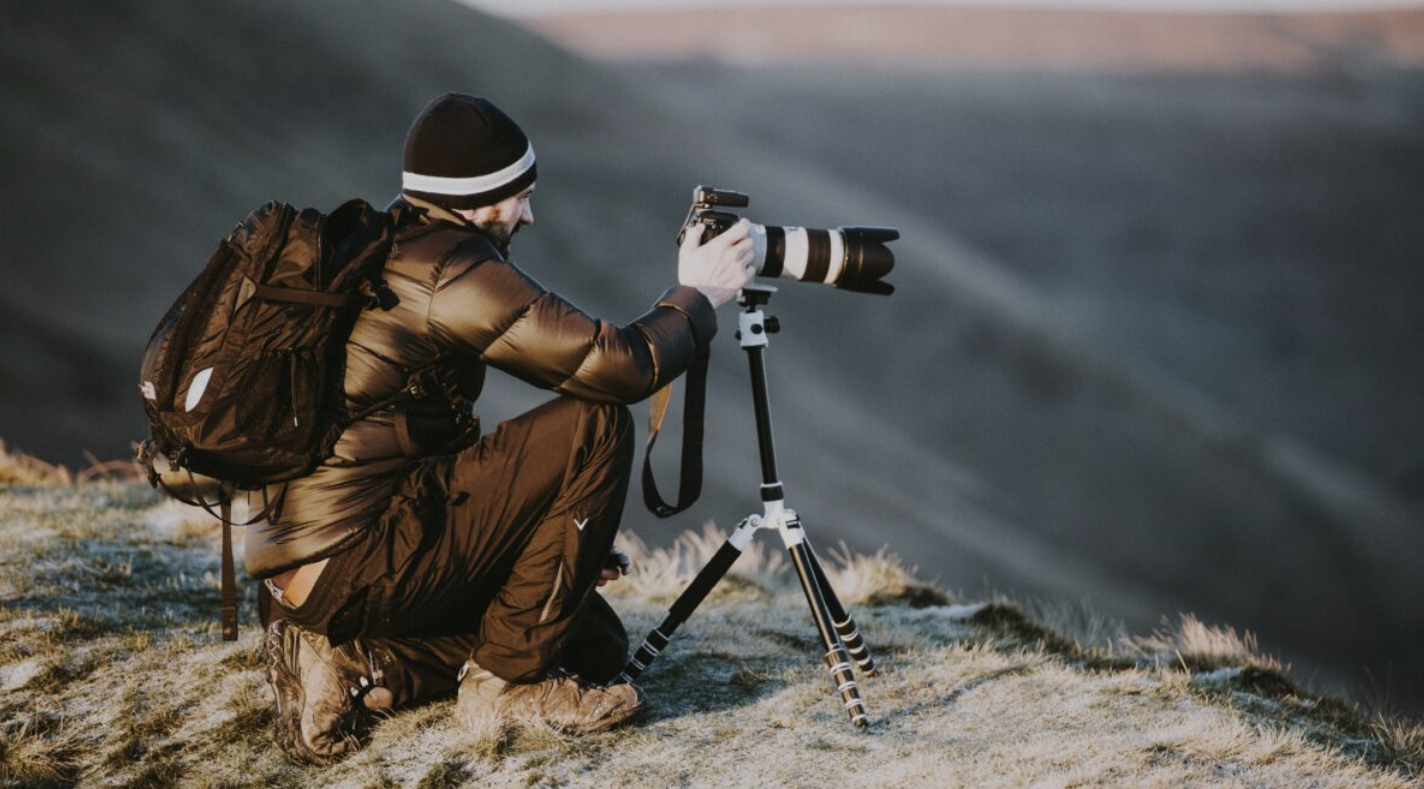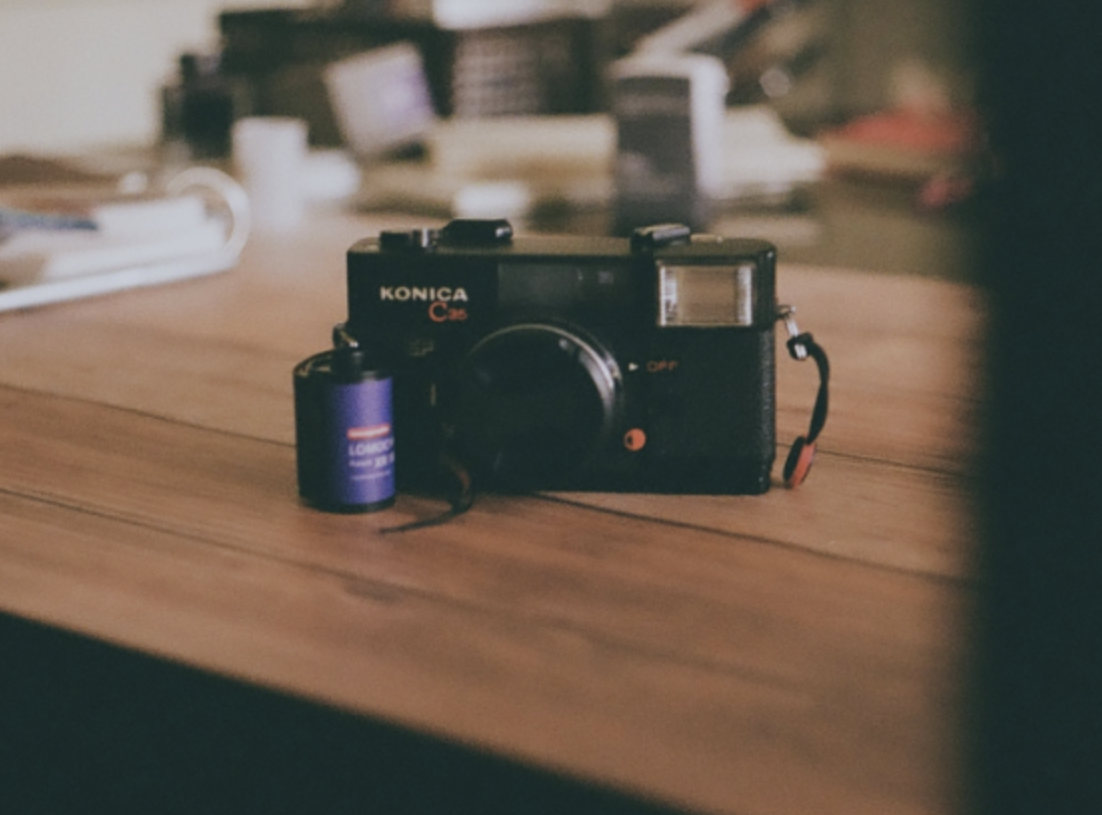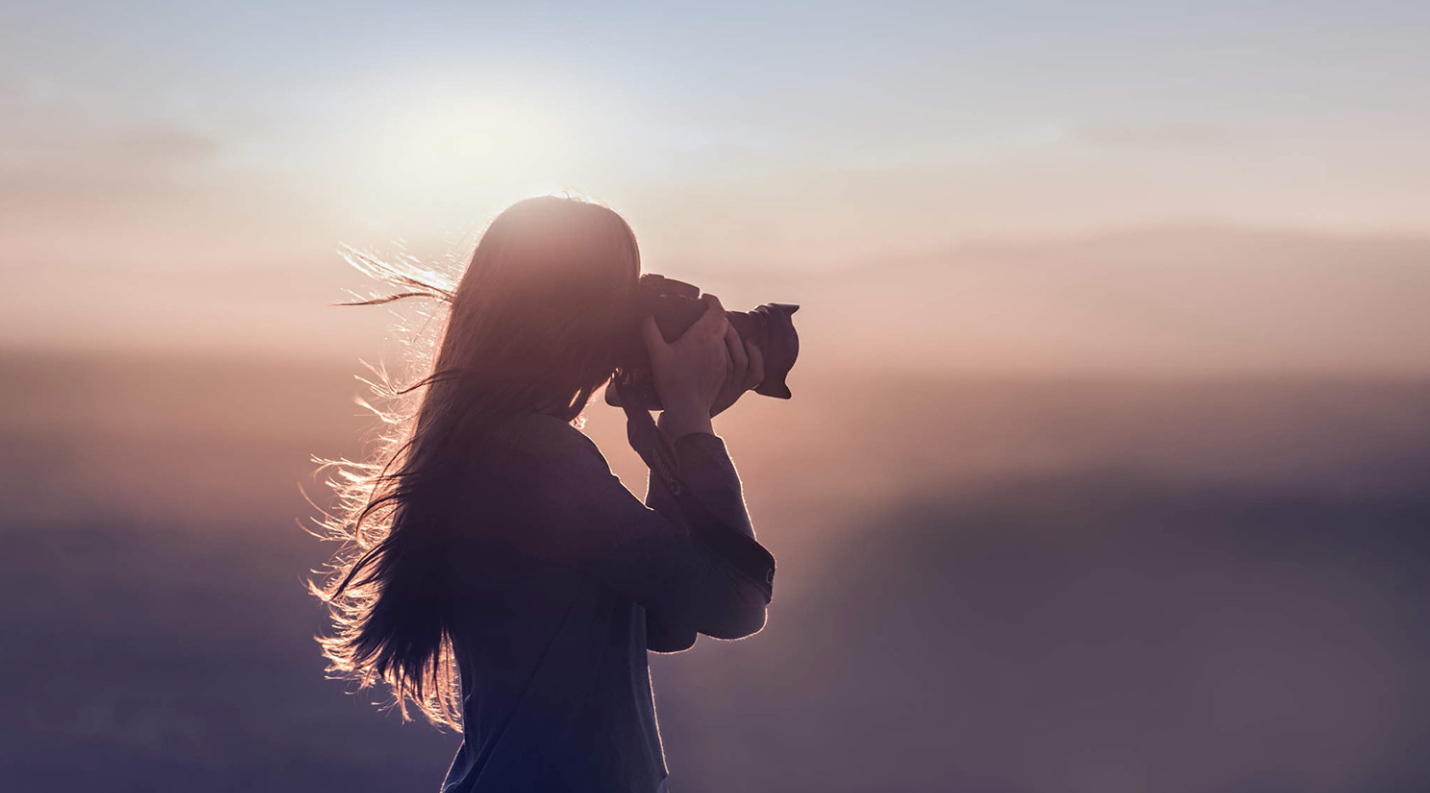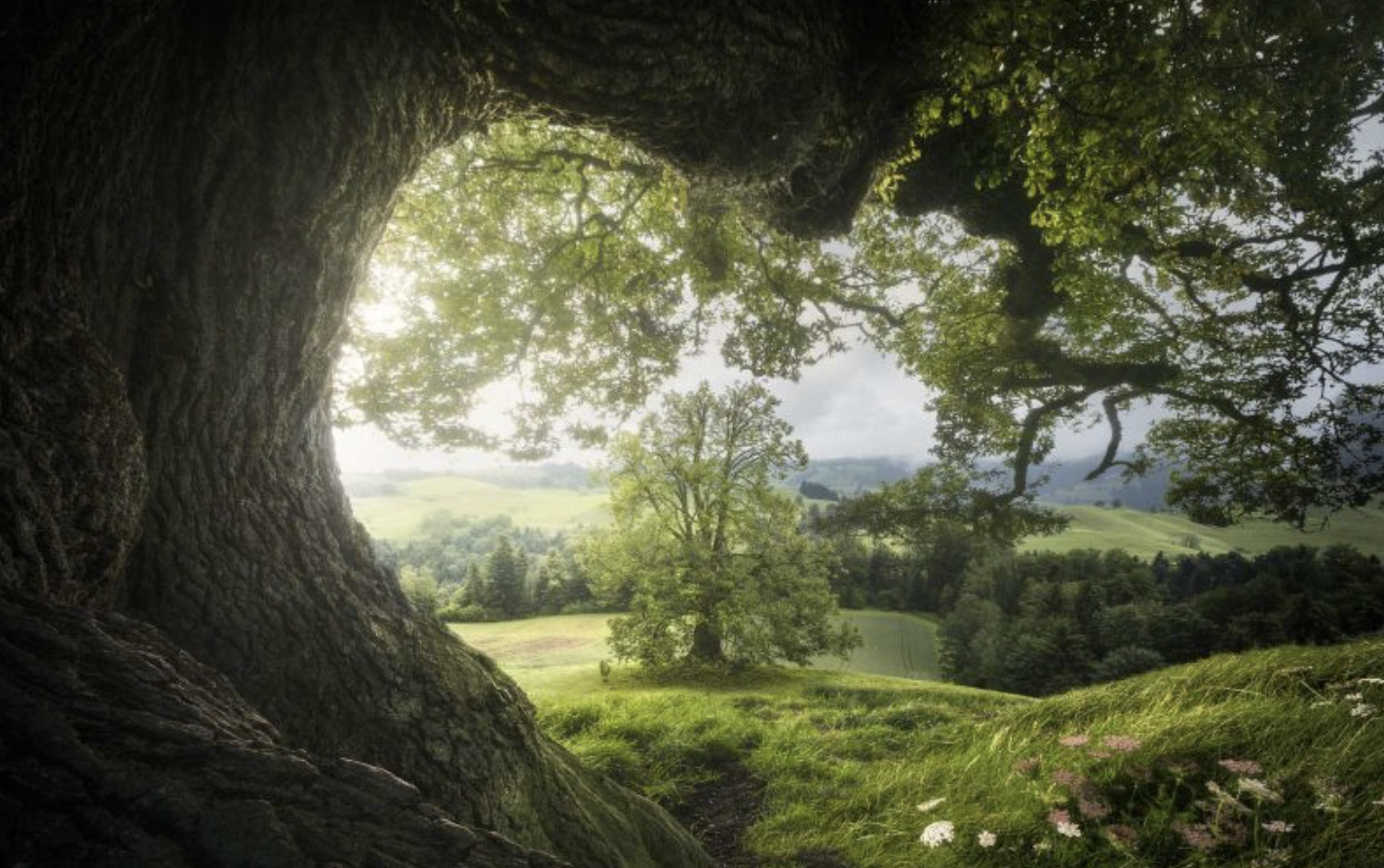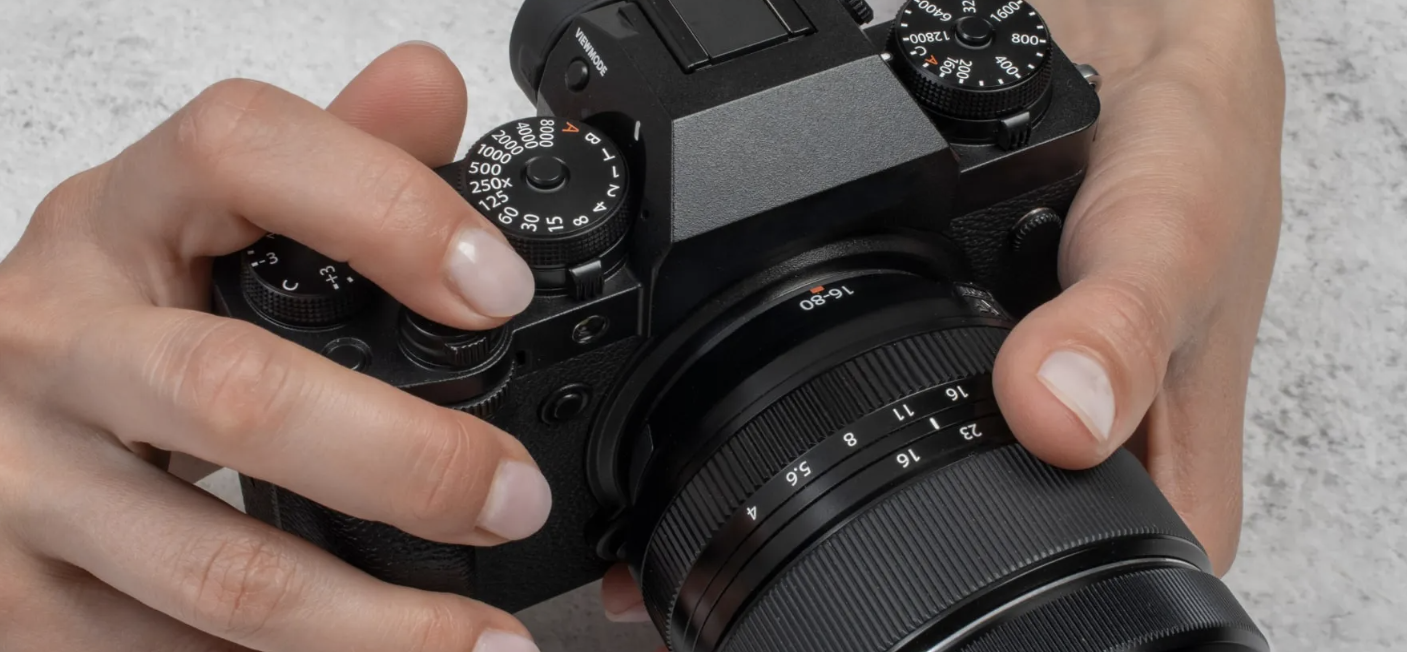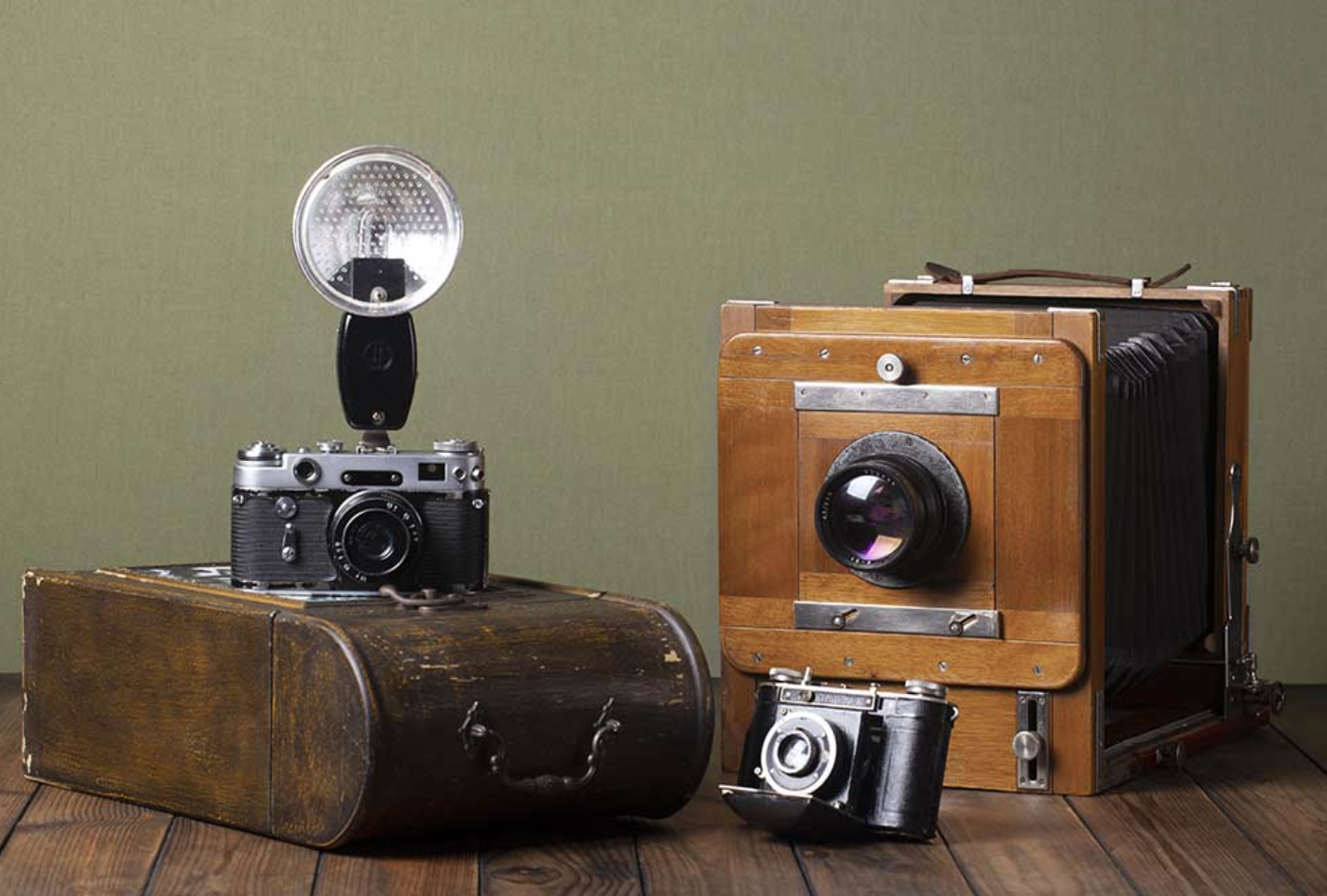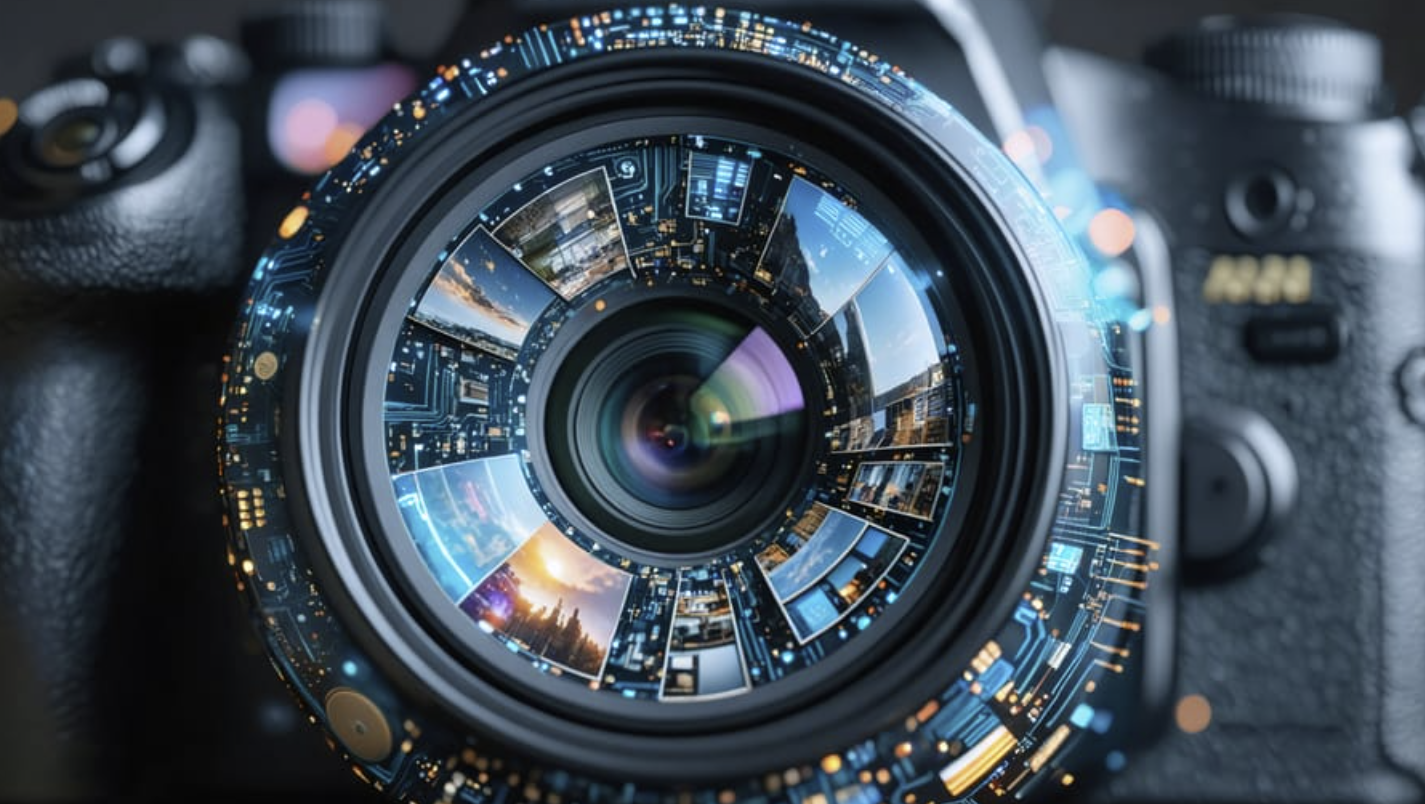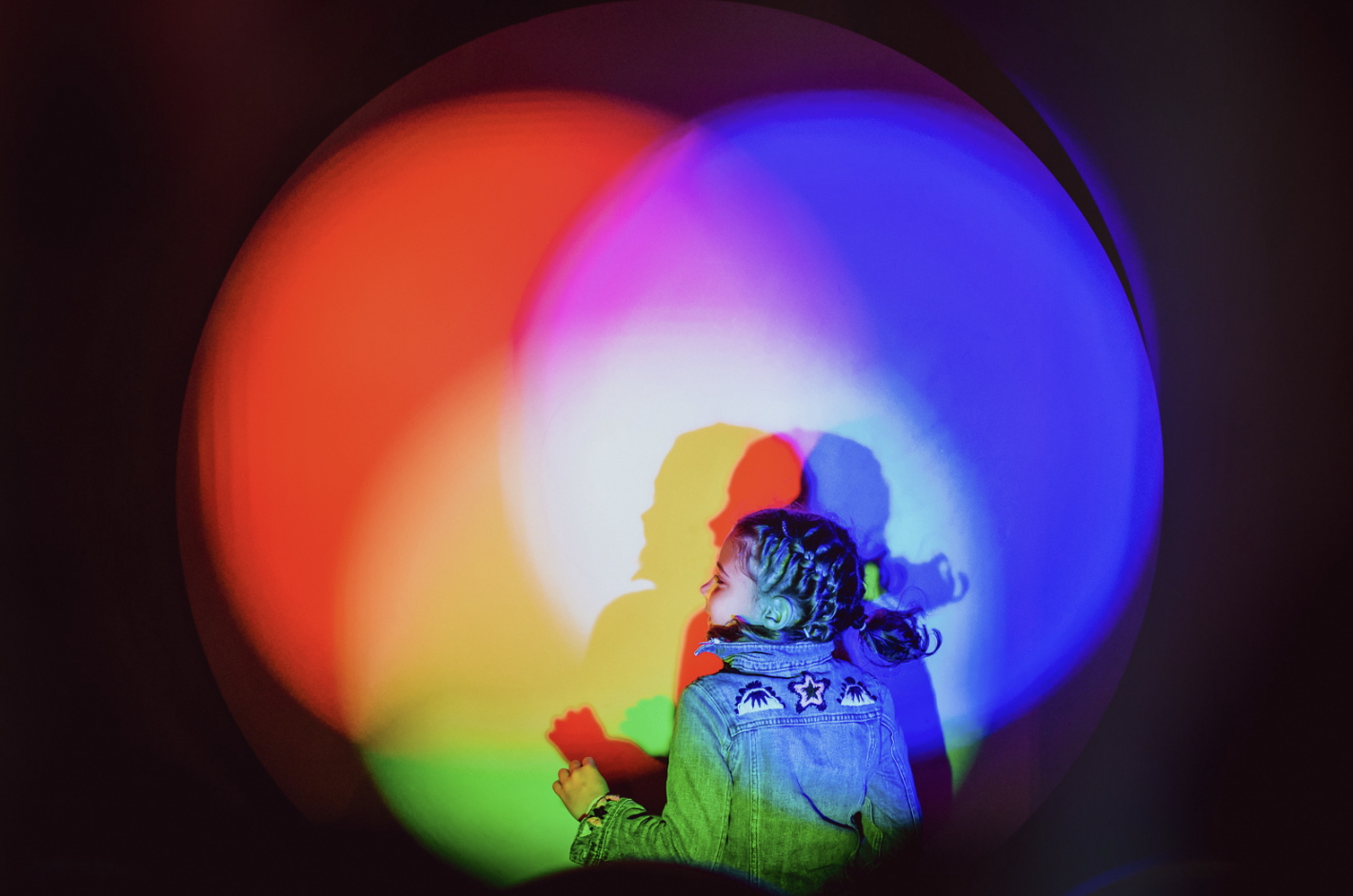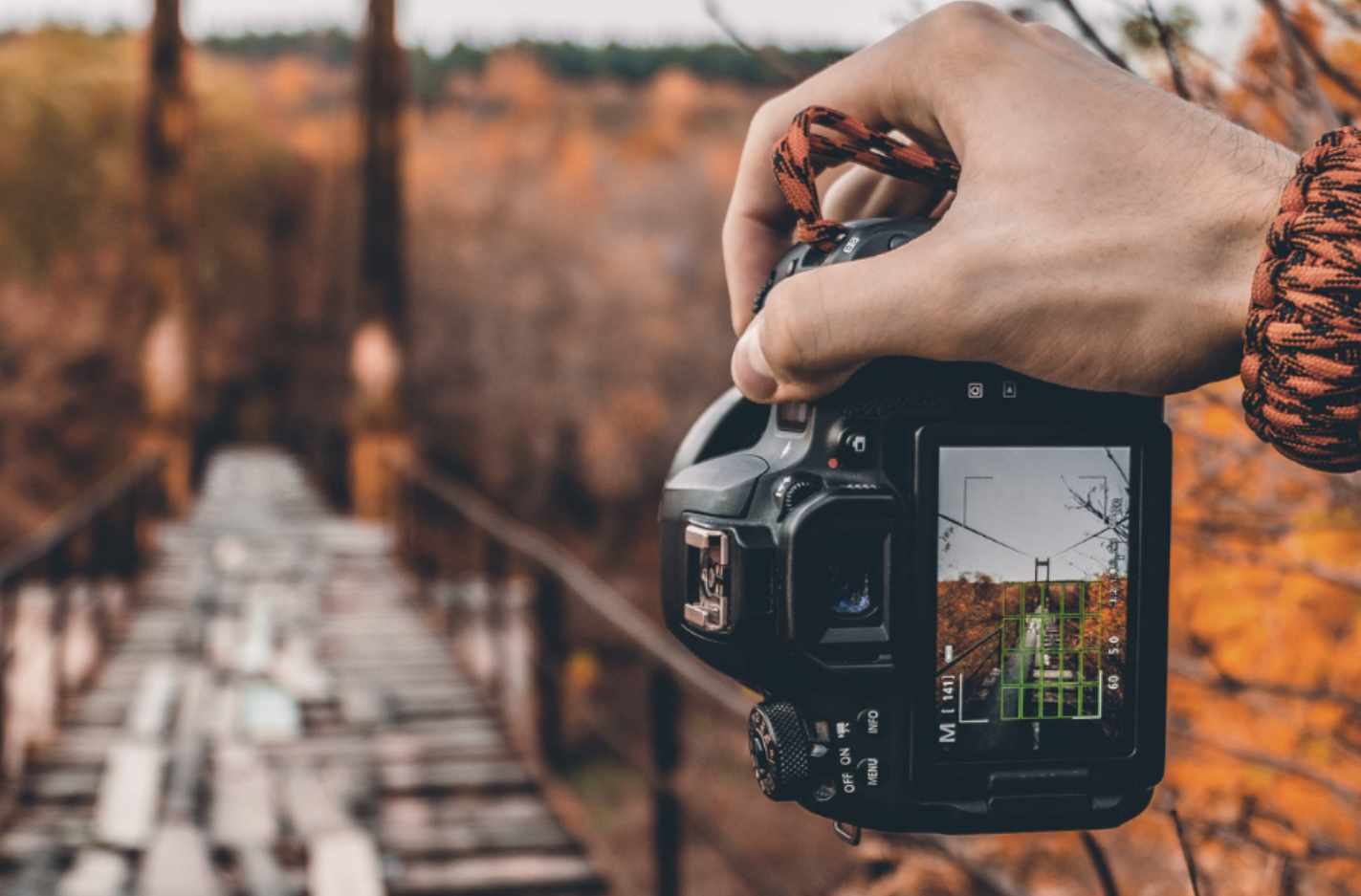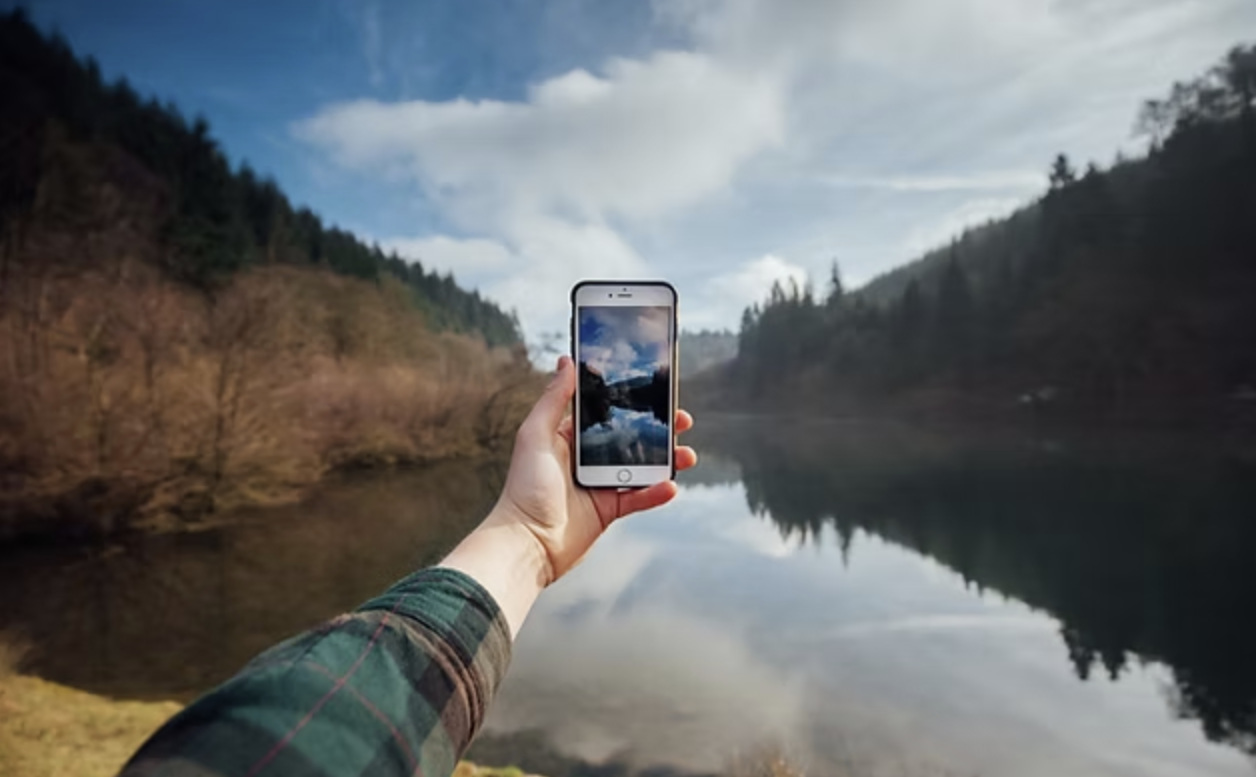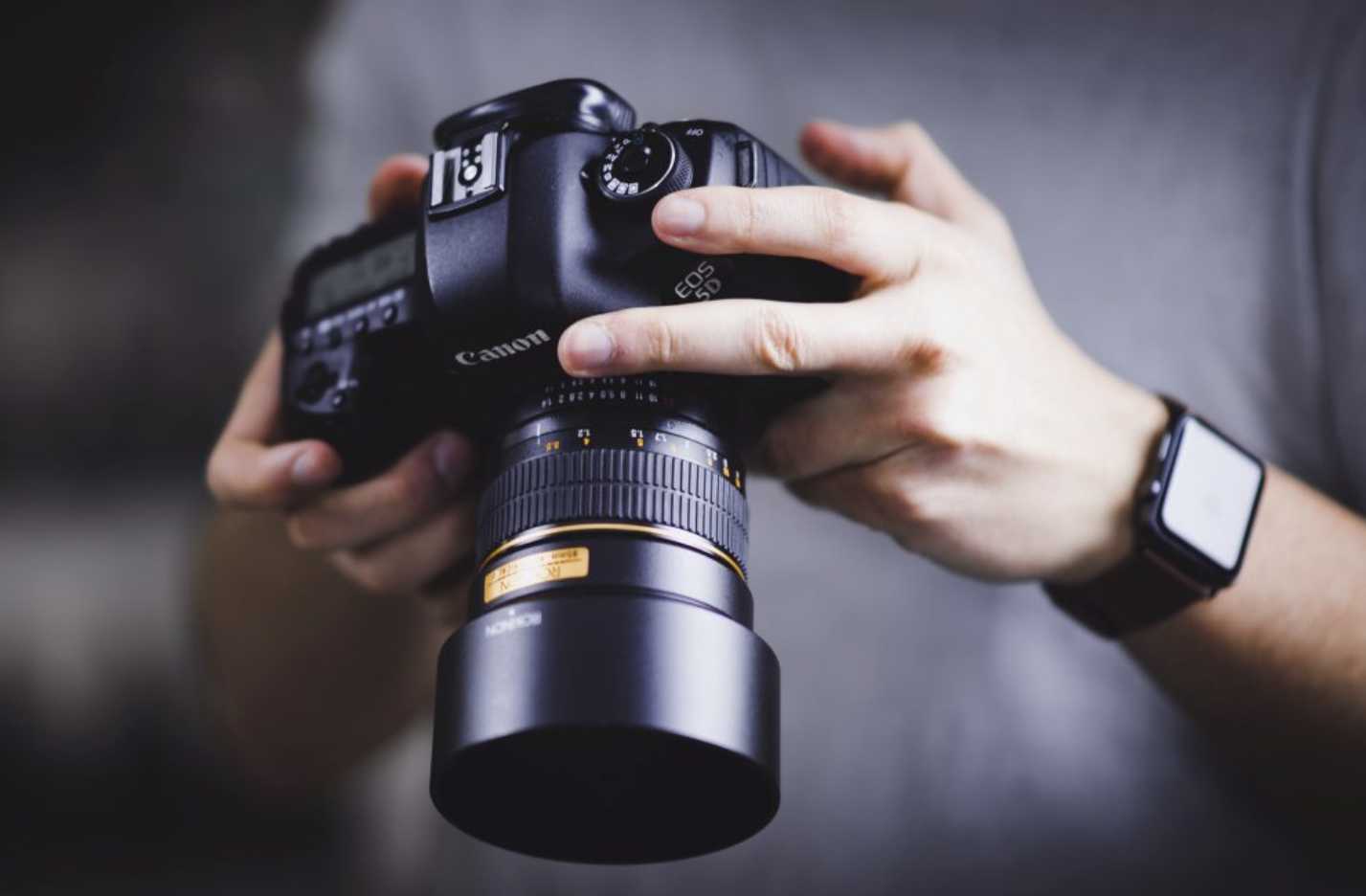
If you’re new to photography, you’re likely drowning in advice. You’ll come across countless tips from experienced photographers, videos, and forum discussions that all claim to help you improve your photography skills quickly. While much of this advice is valuable, it can be overwhelming, and at times, you might feel like you’re overcomplicating things.
In reality, photography doesn’t need to be so complex. There are a few simple principles that, when followed, can significantly enhance your work. Here are seven straightforward tips that will make a big difference in your photography journey.
1. Master the Rule of Thirds
The rule of thirds is one of the most fundamental compositional techniques in photography, and for good reason. It’s a simple method for achieving a balanced, visually appealing shot. Essentially, you divide your image into nine equal sections using two horizontal and two vertical lines. By placing important elements along these lines or at their intersections, you create a natural flow that’s pleasing to the eye.
While many photographers encourage breaking the rules for creative flair, the rule of thirds should be your foundation. Start with it, then as you gain more experience, experiment with other compositional techniques.
2. Understand Exposure
To move away from auto mode on your camera, you must understand how exposure works. At its core, exposure is all about controlling the amount of light hitting your camera’s sensor. This is controlled by three main settings: aperture, shutter speed, and ISO.
While you might hear the term “correct exposure” thrown around, remember that there’s no one-size-fits-all definition. Sometimes, a high-key image or one with deep shadows may deliberately push the boundaries of what’s considered “correct.” Understanding how to manipulate exposure gives you the freedom to experiment and achieve the results you want.
3. Create Depth in Your Images
One popular trend is using a wide aperture to create a shallow depth of field, allowing for beautiful bokeh. While this works for certain situations, don’t underestimate the power of creating depth in your photographs. Especially in landscapes, where having both the foreground and background in focus adds richness and detail to the image.
The same applies to portrait and documentary photography, where showing the environment surrounding the subject can add context and tell a deeper story.
4. Keep Backgrounds Simple
Busy backgrounds can distract from your subject, drawing attention away from what you actually want to highlight. A simple background, on the other hand, allows the viewer’s focus to stay on your subject.
If you’re dealing with a cluttered backdrop, using a wide aperture can help blur the background, ensuring that your subject stands out.
5. Don’t Be Afraid of High ISO
There’s a lot of fear surrounding high ISO settings, mainly because of the potential for noise in your photos. While it’s always ideal to aim for the cleanest shot possible, don’t let the fear of noise stop you from capturing the moment. Modern digital cameras handle higher ISO levels much better than older models, and it’s often better to have a photo with some noise than to miss the shot entirely.
And remember, noise can always be reduced in post-processing if needed.
6. Prioritize Learning Over Gear
Yes, having good gear can make a difference, but it’s not the gear that makes a great photo—it’s your skill and creativity. No matter how advanced your camera is, it won’t make stunning images unless you understand how to use it effectively.
Invest your time and effort into learning and practicing. The more you develop your skills, the better your photos will be, regardless of the camera you’re using.
Final Thoughts
Photography is about having fun and constantly learning. These simple tips are a great starting point to help you improve your photos. Try them out, experiment, and see how they change your approach to photography.



